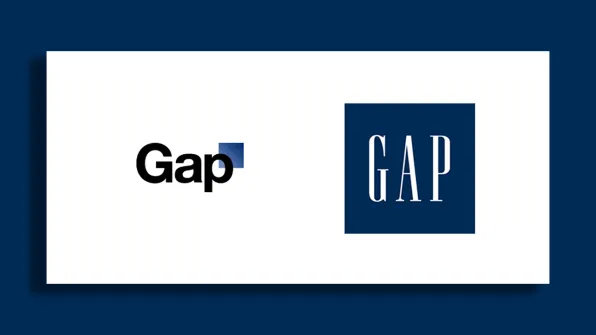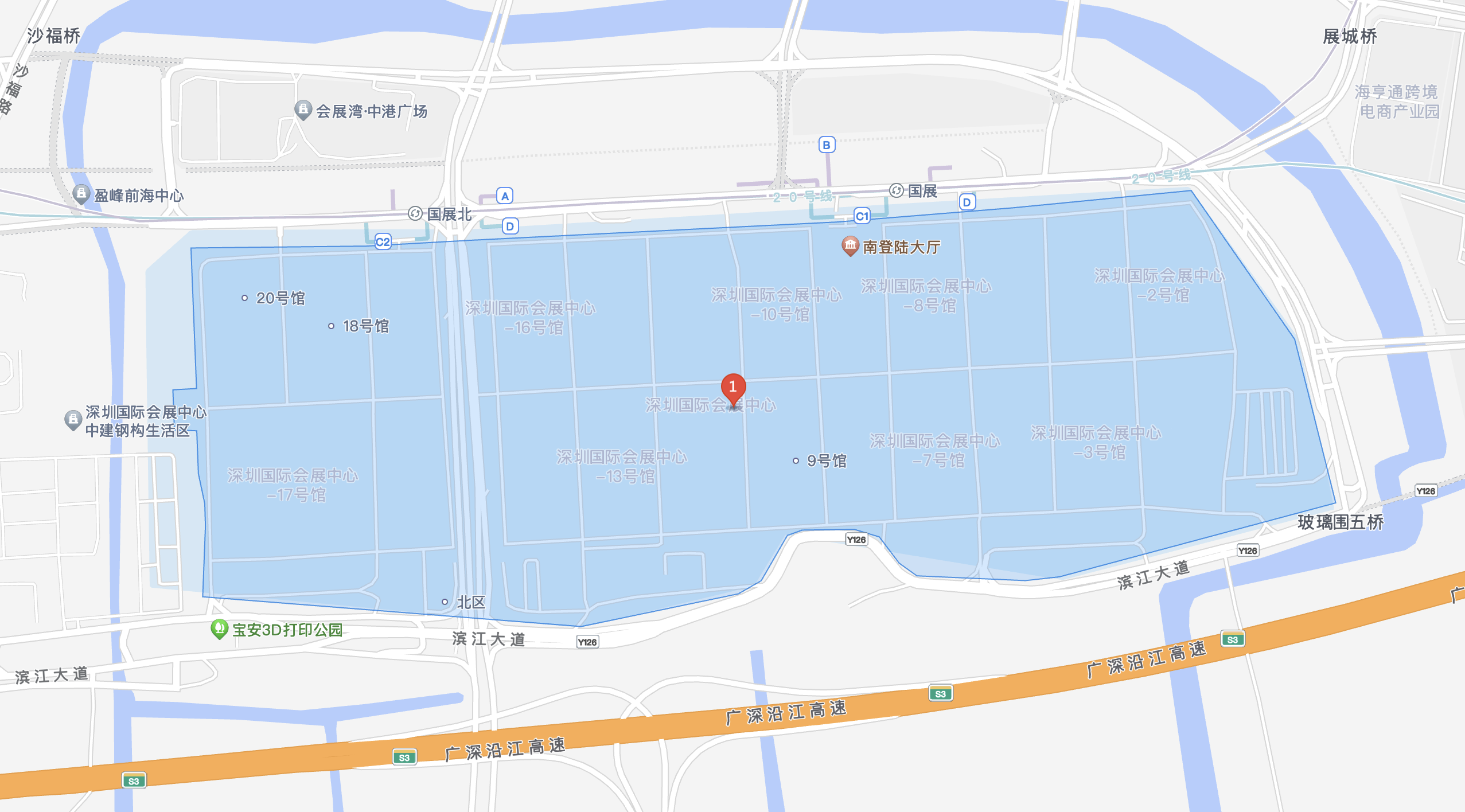
In the ever-changing retail industry, inventory management has always been the focus of merchants. Recently, Old Navy, a well-known clothing retailer under GAP, announced a strategic partnership with Radar to fully introduce an advanced radio frequency identification (RFID) platform in 1,200 Old Navy stores. This move not only marks a major breakthrough in Old Navy's inventory management technology, but also heralds an unprecedented change in the retail industry.
Radar's RFID platform, with its superior artificial intelligence-driven technology and disc-shaped overhead scanners as its core, enables continuous tracking of clothing embedded with RFID chips. These scanners work 24/7, capturing product data in real time and transmitting it instantly to store employees' mobile devices. This means that whether the product is on the sales floor, in the warehouse, or picked up from an online order, employees can quickly obtain its exact location, so as to quickly respond to customer needs and improve the shopping experience.
Compared with traditional labor-intensive handheld RFID readers, Radar's RFID platform undoubtedly has an overwhelming advantage. Traditional readers usually only conduct inventory counts twice a year, while Radar's platform can provide real-time inventory data. This can not only help retailers accurately grasp the sales dynamics of goods and adjust sales strategies in time, but also effectively reduce out-of-stock situations and improve sales efficiency. More importantly, Radar's platform can provide retailers with valuable real-time data support to assist them in formulating more accurate and effective merchandise plans, thereby seizing the initiative in the highly competitive retail market.
Old Navy has high hopes for this cooperation. Haio Barbeito, President and CEO, said that the complex platform and analysis provided by Radar will bring unprecedented real-time inventory visibility to its team, thereby greatly improving the in-store shopping experience. He emphasized that this new technology will be built on rigor and discipline, become the core of Old Navy's operations, and help the front-line team better serve customers.
Sven Gerjets, Chief Technology Officer of Gap Inc., is also looking forward to this cooperation. He believes that as the company takes a strategic, multi-year approach to integrating technology and retail to provide a people-oriented digital shopping experience, Radar's joining will bring the company proven capabilities and generate lasting value. He revealed that the company plans to start with Old Navy and gradually transform all stores into truly connected spaces, making continuous product tracking a powerful tool for optimizing inventory replenishment and improving the experience of customers and team members.
Spencer Hewitt, founder and CEO of Radar, is also confident about the partnership. He said Radar's technology will bring e-commerce-level inventory and product insights to the Old Navy store team, allowing them to manage physical stores with the same precision as online operations. He also pointed out that Radar's artificial intelligence and data analysis capabilities will provide strong support for inventory decisions, helping the company to stock the right products at the right time and in the right place, while minimizing problems such as out-of-stock, overstocking and merchandise shrinkage.
It is worth mentioning that Radar has successfully raised more than $100 million from a number of well-known retailers, funds and individual investors for its operations and development. The addition of these investors not only provides solid financial support for Radar's development, but also demonstrates the industry's wide recognition and high expectations for the application of RFID technology in the retail industry.
By introducing an advanced RFID platform, Old Navy will be able to provide better customer service, optimize inventory management, and maintain a leading position in the highly competitive retail market. In the near future, more retailers will join this ranks to jointly promote the retail industry to develop in a more intelligent and efficient direction.
This paper is from Ulink Media, Shenzhen, China, the organizer of IOTE EXPO (IoT Expo in China)



















